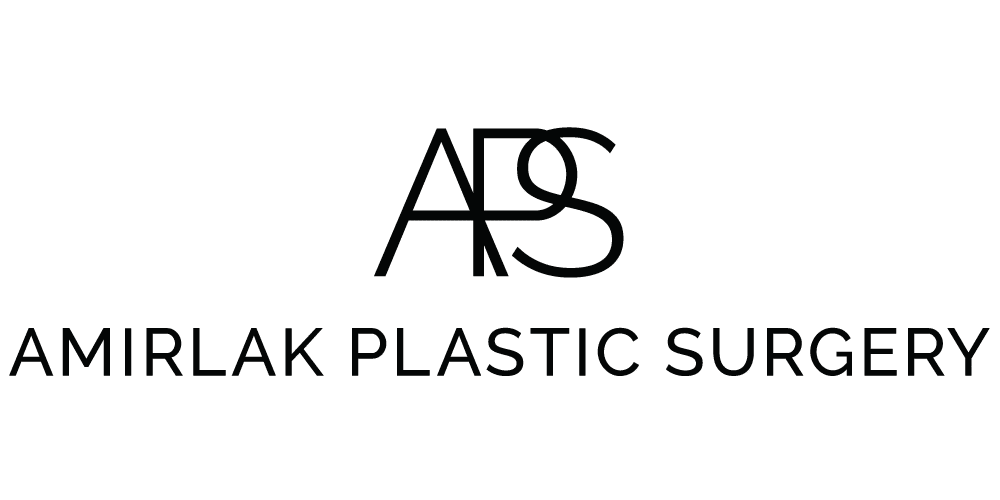Botox For Your Holiday Parties
- Posted on: Nov 15 2017

Because of that popularity, many people assume Botox has been around a long time. And that is true, just not for the wrinkle-banishing uses, it’s known for. Long before it was battling crow’s feet and the 11s, Botox was battling migraine headaches, involuntary eyelid spasms, TMJ symptoms, and other conditions.
Still, while Botox was somewhat popular for its limited range of treatments, everything changed in 2002. That was the year the FDA approved Botox for the cosmetic treatment of wrinkles and lines. Ever since it has become a household name. If you get right down to it, Botox is probably more famous than most of the celebrities who swear by it to keep their crow’s feet under wraps.
It’s no secret why Botox is so successful — it works, pure and simple. Botox works its magic on what are called dynamic wrinkles, wrinkles that are formed by muscle contractions. Dynamic wrinkles are things like crow’s feet, frown lines, stuff like that. But Botox has no power over static wrinkles. These are wrinkles that are there all the time and are caused by sun exposure in places like sunny Dallas and general aging of the skin. Botox does not affect static wrinkles. Static wrinkles can be addressed with dermal fillers such as Juvederm. Dr. Amirlak offers both types of injectables.
So, how does Botox work on dynamic wrinkles?
Fillers go about their business as their name implies — they are injected beneath the wrinkle or crease and add volume, pushing the wrinkle back upwards.
Botox takes an entirely different approach. Botox goes after the muscles that create wrinkles on the skin surface above them. Botox is called a neurotoxin. It is made from the botulinum toxin type A, the same bacteria that cause botulism. Way back in the 40s scientists discovered that the botulinum toxin, when used in very small amounts, can temporarily paralyze a muscle. It does this by blocking the signals from the nerve to the brain. Without those messages, the brain doesn’t tell the muscle to contract.
Certain behaviors such as squinting and frowning involve muscles that contract to form the expression. This is particularly true in the upper third of the face, particularly around the eyes. Over time as your skin ages and loses some of its elastin and suppleness, these contractions cause wrinkles to show on the skin surface when those muscles contract. Botox blocks those muscles from contracting, so the wrinkles either disappear or are dramatically reduced.
When opting to have Botox injections, however, it is important to choose a doctor thoroughly versed in facial anatomies, such as Dr. Amirlak, because Botox injected into the wrong muscle or injecting too much Botox can create problems such as a droopy eyelid.
Your wrinkles will disappear for around four months after your Botox session. At that point, the body absorbs the now-inert material, and the wrinkles will return. That’s when it is time to schedule another Botox session with Dr. Amirlak! Call us at 214-645-5560 to make your appointment.
Posted in: Botox


